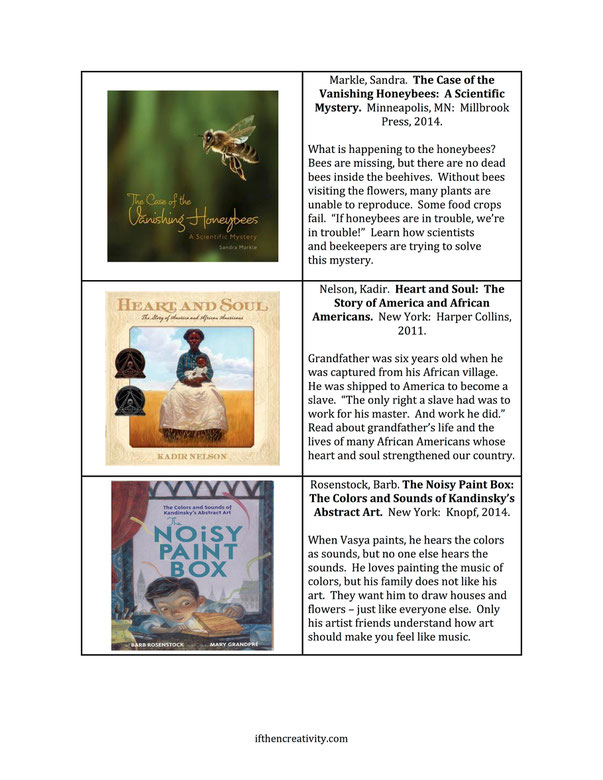
“Science,” by Millard Owen Sheets at the Department of Interior, Washington, D.C.
Library of Congress, Prints and Photographs Division
Children’s nonfiction includes biographies, historical books, and books about science, art, math, space etc. In addition to information about people, subjects, places, and things, did you
know that nonfiction also includes fairy tales, ghosts, poetry, and jokes?
According to Reading Rockets, “nonfiction books present many opportunities to learn new concepts and vocabulary, as well as broaden a child's view of the
world.” Previewing the text and asking questions are two useful strategies when reading nonfiction texts with your children. Visit the Reading Rockets website to learn these strategies (and
many more) to get the most out of nonfiction reading time.
The attached bibliography of nonfiction books reflects a variety of interests and subjects. The annotations are written on a fourth through sixth grade reading level, so children can select
books that appeal to them. While all the books on this list are outstanding, I especially enjoyed The Case of the Vanishing Honeybees: A Scientific Mystery by Sandra
Markle. The book explores the mystery of Colony
Collapse Disorder (CCD) and details what scientists and beekeepers are doing to solve it.
Whether it’s vanishing bees or bursting volcanoes, the best way to get children excited about reading is to read with them, and let them see you reading too!



